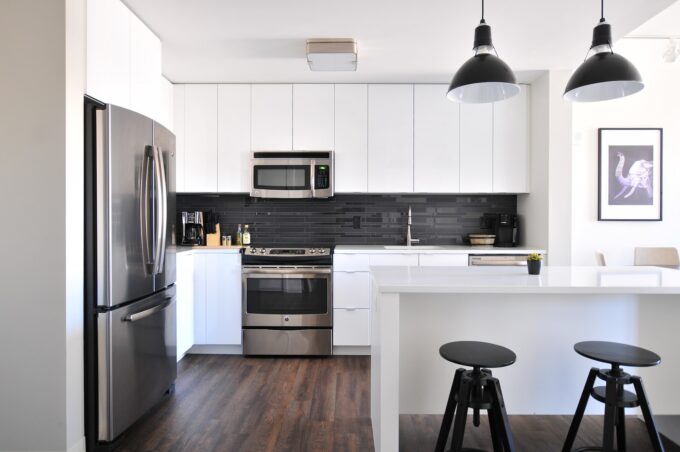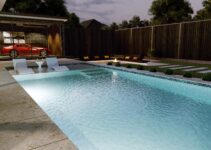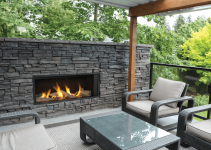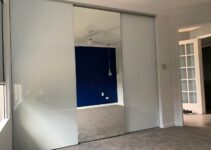When designing your kitchen, it is important to choose a layout that suits your needs and lifestyle. Do you have many members in your family or plan to entertain often? If so, you may need a large amount of counter space to prepare meals and plate dishes. On the other hand, if you do not cook often and are part of a small household, you may be able to make do with a smaller working space.
A layout that suits your lifestyle

Source: unsplash.com
A kitchen is not only a place to cook and eat but also an area where you can entertain guests or relax with your family. A well-designed kitchen can make everyday cooking and cleaning a breeze. From a black range hood (check out more at worldcoppersmith.com) to a white marble countertop, there are many ways to make your kitchen design shine. Here are some tips to create a stylish and functional kitchen.
Some questions to ask yourself include:
- How many cooks do you need to accommodate?
- What kind of food do you typically prepare? Do you enjoy cooking elaborate meals or do you prefer to stick to simple meals with minimal preparation?
- What appliances do you plan to use in your kitchen? Do you need space for a large oven, or would you be better off with a compact microwave? Will you be doing dishes in the sink, or do you need space for a dishwasher?
- Do you like casual meals at a counter, or would you be dining only in the formal dining room?
- Do you need to accommodate children or elderly family members?
Open or closed?
An important consideration is whether to have your kitchen as part of an open-plan layout. Open-plan kitchens allow greater interaction between family members and allow more natural light to enter your home. They also save space since there is a single area for cooking and eating. However, they may not be the best option if you tend to cook food with strong smells or heavy smoke.
Island or none?

Source: unsplash.com
Another essential decision is whether to have a kitchen island. An island can serve as additional countertop space and provides table space and seating for entertaining guests. It is a great way to keep your children close to you while you cook. However, an island can be challenging to incorporate if you have limited space in the kitchen and can make the room feel even more cramped.
The kitchen triangle
The kitchen triangle connects three key points in the kitchen: the sink, the fridge, and the stove. The distance between the three points should be between four to nine feet to allow for maximum efficiency. This classic design principle can help you to map out the ideal layout but keep in mind that larger kitchens these days can have more than one cook or work zone so it may not be applicable to all homes.
Focal points & feature appliances
Design your kitchen around a central focal point such as a large island or the stove. This will help give your kitchen a sense of balance and symmetry. Feature appliances such as a customized copper range hood can add drama to the room and act as a focal point as well. Choose your other appliances and design elements to match the aesthetic of your focal points for a harmonious look.
Materials matter

Source: unsplash.com
The right materials for your kitchen will have a huge impact on the overall look and feel of the room. You can make the space feel sophisticated and elegant or rustic and charming. Wood adds warmth and character to the room while stainless steel creates the sleek and modern look of a professional kitchen. Other materials to consider include tile, marble, PVC, and concrete.
When choosing the predominant material for your kitchen, consider how much maintenance it requires. For example, tiles are a common choice because they are easy to clean and are water-resistant. Marble is a durable and beautiful choice but can become stained over time. Copper is becoming an increasingly popular choice for sinks and range hoods because of its elegant looks and unique patina.
Layered lighting
The light in your kitchen will affect everything from the appearance of the room to the mood and functionality of the space. Use ambient or natural light to provide even illumination throughout the entire room. Layer this with task lighting that allows you to focus on key cooking and cleaning areas. Then, add accent lighting to highlight your décor and create a welcoming atmosphere in the room.
Smart storage

Source: unsplash.com
Clutter can quickly ruin a designer kitchen. The best idea is to create custom storage options that are accessible and functional. These can include open shelving for displaying special items as well as cabinets and drawers in your kitchen island for storing appliances. If it fits into your theme, hooks for hanging cooking utensils and pots can also help keep clutter off your countertops.
A kitchen says a lot about the homeowner. Make it your own by creating a space that reflects your personality and taste. With the right materials and design, you can give your kitchen the designer aesthetic that you want and have a functional space that meets the needs of your lifestyle. When you enjoy preparing meals, you will eat better, entertain more often, and have more fun in the kitchen!







